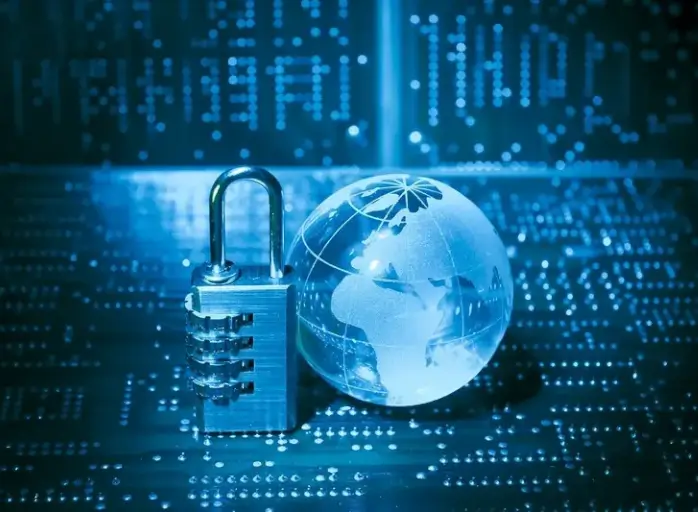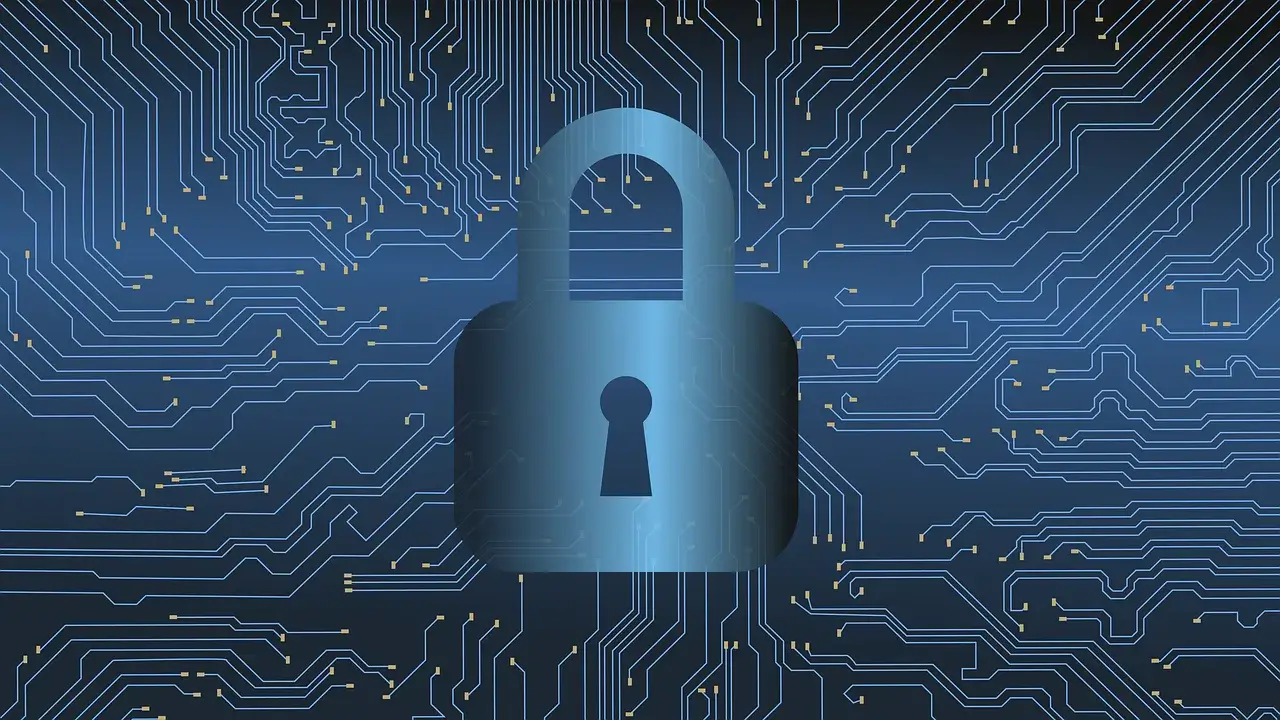

Industrial cybersecurity: vigilance in the age of AI
Cybersecurity has become a strategic pillar of industry. AI is multiplying both opportunities and threats. The L-DIH helps you navigate this complex landscape.
 Jean-Michel Gaudron
Jean-Michel Gaudron
In 2025, cybersecurity within industrial environments is more vital than ever. According to the CrowdStrike Global Threat Report, the average time a company has to respond to a breach has dropped to just 48 minutes, with initial attacks occurring in as little as 51 seconds. In sectors where control systems drive production lines, critical infrastructure or entire supply chains, this speed is deeply concerning.
Industry remains a prime target for cybercriminals and state actors alike, with a dramatic surge in intrusions — particularly those linked to China (up 150% in a single year). The IBM X-Force 2025 Threat Intelligence Index confirms that the manufacturing industry has been the number one target for the fourth consecutive year. The consequences are significant, with attacks leading to extortion (29%) and data theft (24%), often focusing on financial assets and intellectual property.
Although the majority of attacks are no longer malware-based (nearly four out of five intrusions detected in 2024 were malware-free, relying instead on social engineering or the misuse of legitimate credentials), the manufacturing sector still recorded the highest number of ransomware cases in 2024, as attackers continued to exploit outdated technologies.
The repercussions for manufacturers extend well beyond financial losses: production stoppages, data corruption, and even risks to employee safety. And the list goes on.
When artificial intelligence enters the equation
The integration of artificial intelligence into industrial systems offers enormous potential, from process optimisation and predictive maintenance to intelligent quality control. Yet it also introduces a wider spectrum of vulnerabilities.
On the one hand, AI is a powerful ally for defenders: it helps anticipate intrusions, automate detection and strengthen response capabilities in real time. On the other, it has become a formidable weapon in the hands of cyber adversaries. The IBM report highlights a surge in AI-driven attacks, particularly phishing campaigns enhanced by language models, whose success rates far exceed those of traditional human-crafted messages.
Recent incidents have demonstrated the use of audio and video deepfakes to manipulate executives and misappropriate funds. In the industrial world, where trust between partners and subcontractors is crucial, such tactics pose an even greater threat. More alarming still, new attack scenarios are emerging, such as “LLMjacking”, the hijacking of cloud-hosted AI models for resale to other cybercriminals.
Luxembourg at the forefront
In a country like Luxembourg, whose economy relies heavily on high-tech industry, logistics and financial services, cybersecurity is an essential prerequisite for maintaining competitiveness. Luxembourg companies are particularly exposed: their deep integration into international value chains makes them attractive targets.
Fortunately, Luxembourg possesses a major advantage: an ecosystem built around digitalisation and innovation. The Luxembourg House of Cybersecurity (LHC), plays a central role, hosting a broad range of cybersecurity activities. It is home to the Computer Incident Response Center Luxembourg (CIRCL) and the National Cybersecurity Competence Center (NC3).
Initiatives such as the Luxembourg Digital Innovation Hub (L-DIH) further strengthen the country’s industrial resilience, supporting companies in their digital transformation while embedding cybersecurity from the very start of their projects. This includes executive training, real-world vulnerability testing, and the exploration of AI-based defences to counter emerging threats.







